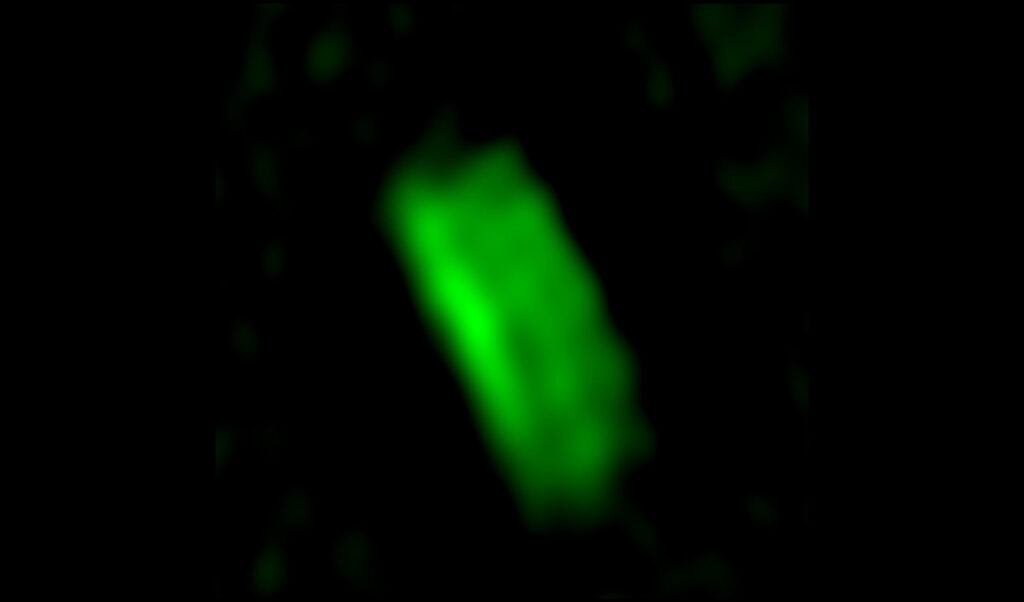Astronomers used the ALMA radio telescope complex to study the protoplanetary disk around the star HH 211. The images showed the presence of a spiral structure in it.

The star HH 211 is located at a distance of 100 light-years from Earth in the direction of the constellation Perseus. It is surrounded by one of the youngest protoplanetary disks known to us, which is estimated to be only 35 thousand years old. Its size is comparable to the orbit of Uranus.
A team of researchers from Taiwan used the ALMA radio telescope complex to obtain detailed images of the protoplanetary disk around HH 211. They applied a high-pass filter to reveal its internal structures.
The analysis of the ALMA images presented a surprise. It turns out that there is a spiral arm in the protoplanetary disk. This is a very important find. The arm can serve as a kind of transport artery that supplies material to the star. Moreover, it seems “clumpy”, which indicates the possible beginning of the formation of planets in this system.

According to scientists, the discovery will help the astronomical community to better understand how planets are formed at the earliest stages of the evolution of star systems. Based on ALMA images, the research team has created a three-dimensional model that reproduces the structure of the disk and spiral arm.
According to https://almaobservatory.org
Follow us on Twitter to get the most interesting space news in time
https://twitter.com/ust_magazine
